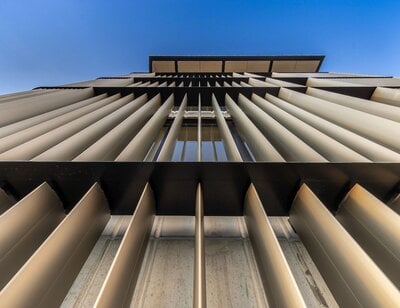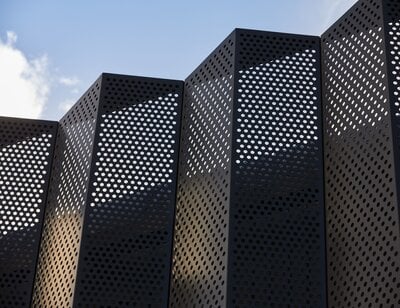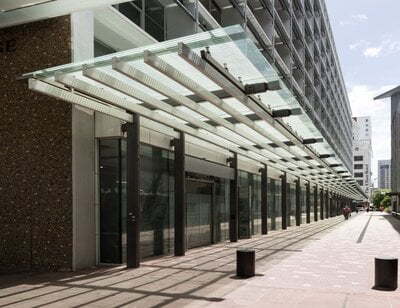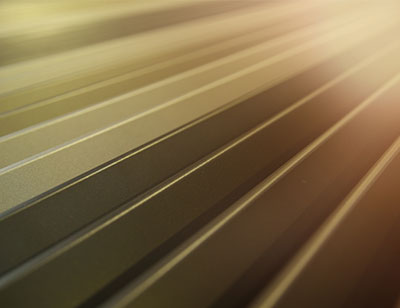Brise Soleil is one of those French terms for which there is no English substitute; it translates literally to ‘Sun Breaker’. We have pergolas, louvres, louvre panels, sun screens, sunhoods, lattices and plenty more, but no overarching phrase that neatly captures them all.
And while the architectural fraternity in the UK has happily plundered the French language to improve its vocabulary - the trend hasn’t made it down under yet. Talk about Brise Soleil in lil’ ‘ol NZ and you normally get one of those blank looks…something that we as a company would like to change. Imagine being able to say that we had rendered such service to NZ architecture! Might even get a knighthood.
The use of brise soleil to control solar gain has been around for centuries, but it was just more practical than trendy back then.
The best early examples come from the Middle East, where ‘mushrabīyah’ lattices have been in widespread use for centuries.
In more recent years, solar gain has become a much bigger issue as building sizes increased and windows got bigger. As a result, the need for brise soleil has grown proportionately, and as the demand has grown, so has the sophistication, aided of course by advances in manufacturing technology, motors, control systems, and building modelling software.
Le Corbusier, a French/Swiss Architect, is widely credited with pioneering brise soleil in the modern era. A prime example of his implementation of the technique was in the horizontal, gear-controlled louvres in the Brazilian Ministry of Education and Health building which was completed in 1943 and is still used by the ministry to this day.
After Le Corbusier’s initial interpretations, the design stalled somewhat, owing to the high cost of labour and challenges faced in controlling moving elements with the limited technology of the time.
Today, bespoke lattice-style sunshades offer greater options for creativity, as unique creations can be designed and produced economically to match individual needs, thanks to advanced laser-cutting technology.
There are also many well-designed louvre systems on the market that are used in the construction of effective brise soleil. As a result, more modern implementations of brise soleil are to be found in multiple modern structures, including arresting buildings like the Milwaukee Museum by architect Santiago Calatrava, and Al Bahr Towers in the United Arab Emirates.
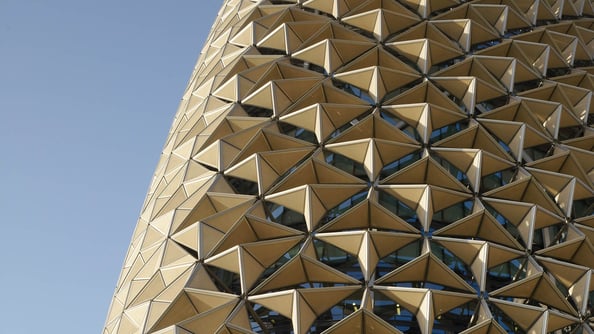
Al Bahr Towers - Image via AHR
These buildings and many others demonstrate how brise soleil has moved beyond its roots as a practical solution for controlling solar gain, to becoming a design component which adds flair and intrigue to the finished product. Take a look at some of the resulting buildings, which Architizer calls ‘impossibly dynamic designs that were actually built’.
Numerous examples of Insol’s bespoke louvre design process can be seen in completed buildings around the country, from The Hills Lodge in Arrowtown, to Christchurch’s Burwood Hospital, the Clyde Quay Wharf in Wellington, and Auckland’s Alexandra Park.
Details of all these projects and more can be found in our free eBook, Façade Impressions.

